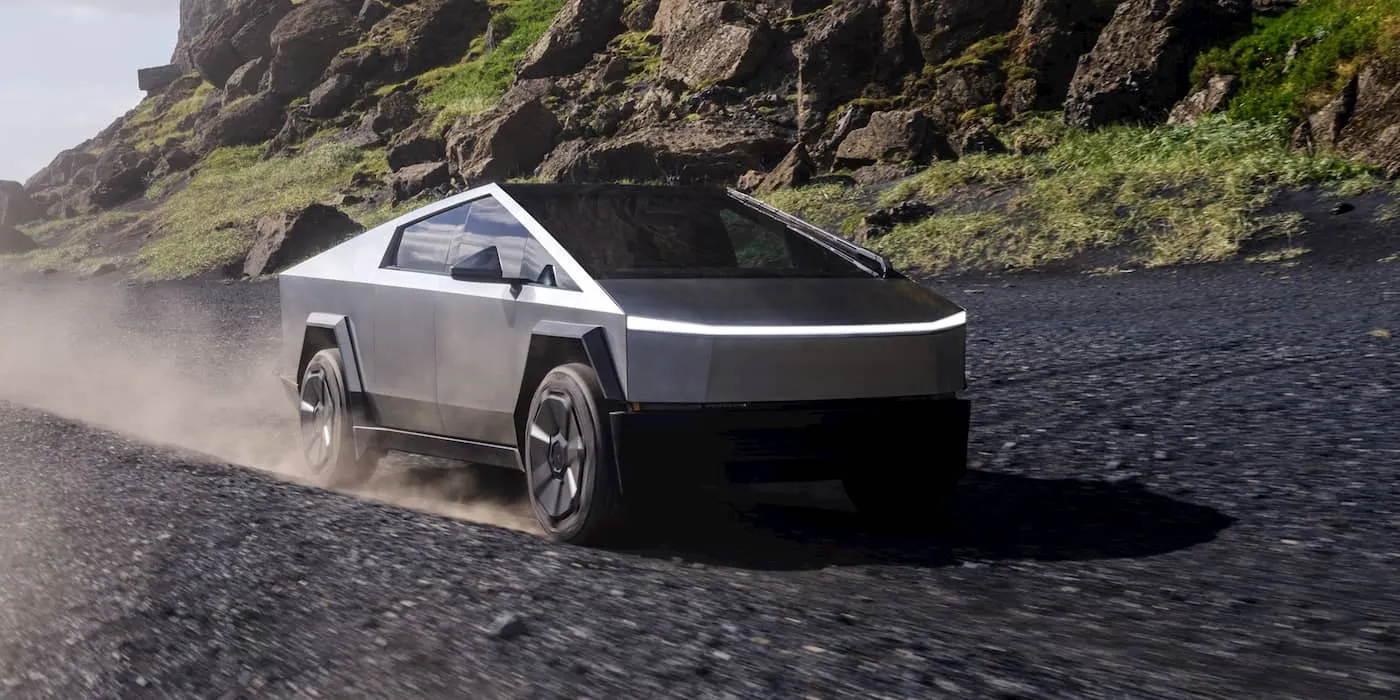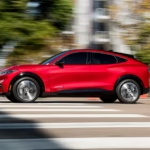Tesla has finally opened its doors to Cybertruck trade-ins, a policy change occurring more than a year after deliveries of the polarizing electric pickup truck first began.
This new development, however, comes with a stark revelation: the Cybertruck is experiencing an unexpectedly high rate of depreciation. This rapid decline in value offers a glimpse into the challenges the vehicle has faced since its launch.
Cybertruck’s Rocky Market Performance
The Cybertruck’s journey from concept to market has been fraught with difficulties, impacting its commercial viability and resale value.
Disappointing Launch and Sales Figures
When Tesla commenced production and deliveries of the Cybertruck in late 2023, the vehicle’s specifications differed significantly from initial promises. It arrived on the market more expensive and with less performance than originally announced. Despite Tesla once boasting over 1 million reservations for the electric pickup, a mere 40,000 individuals ultimately converted their reservations into firm orders. This low conversion rate hinted at underlying market challenges.
Unsold Inventory and Steep Discounts
Currently, Cybertruck inventory is reportedly sitting unsold for months on Tesla lots. This sluggish sales performance has forced the automaker to resort to offering heavy discounts to encourage purchases and move existing stock. Earlier reports indicated that Tesla had initially refused to accept its own Cybertruck as a trade-in. This raised speculation that the company was aware of the vehicle’s rapid depreciation and sought to avoid accumulating more depreciating assets.
The Shocking Depreciation Numbers
New data from Tesla’s trade-in program confirms significant value loss for early Cybertruck owners.
A Staggering One-Year Decline
Tesla has now started providing trade-in estimates for Cybertrucks, at least for the premium Foundation Series. According to data shared by the “Cybertruck Owners Club,” the depreciation rate is considerable. A brand-new 2024 Cybertruck AWD Foundation Series, originally sold for $100,000, is now being offered a trade-in value of just $65,400 by Tesla after only 6,000 miles on the odometer. This represents a substantial 34.6% depreciation in just one year.
Comparison to Industry Norms
This depreciation rate stands in stark contrast to the typical market behavior of pickup trucks. Generally, conventional pickup trucks lose approximately 20% of their value after one year. They typically reach a 34% depreciation mark only after about three to four years of ownership. The Cybertruck’s rapid decline in value significantly deviates from these industry benchmarks.
It’s also worth noting that Tesla’s online trade-in estimates are often higher than the final offer presented to owners, as indicated by footnotes in previous screenshots. This suggests the actual depreciation might be even greater.
Market Dynamics and Tesla’s Role
The high depreciation figures reflect a broader market reluctance towards the Cybertruck, partly attributed to Tesla’s own strategies.
Reluctance from Used Car Dealers
Beyond Tesla’s initial refusal to accept Cybertruck trade-ins, used car dealers also showed hesitation. They slowed down their purchases of used Cybertrucks. Dealers were reluctant to hold these vehicles on their lots for extended periods, anticipating low demand and rapid value loss. This widespread hesitation contributed to the vehicle’s struggle in the resale market.
Tesla’s Self-Inflicted Scarcity Issue
Critics argue that this high depreciation is largely Tesla’s fault. The company failed to create any sense of scarcity with the Foundation Series. Instead, they reportedly built as many units as initial demand suggested, and potentially even overproduced. There were instances where Tesla had to “buff out” Foundation Series badges on some units to sell them as regular Cybertrucks.
As of last month, some Cybertruck Foundation Series vehicles had been sitting in inventory for up to six months. This oversupply, coupled with a lack of perceived exclusivity, undermined the vehicle’s value.
Production Slowdown and Owner Exodus
The current situation sees Tesla grappling with thousands of unsold Cybertrucks. Early owners are reportedly offloading their vehicles at a significant rate, contributing to the glut in the used market.
In response to these challenges, Tesla has been forced to slow Cybertruck production to a crawl. This complex scenario highlights the difficulties faced by the Cybertruck in meeting market expectations and achieving commercial success.







